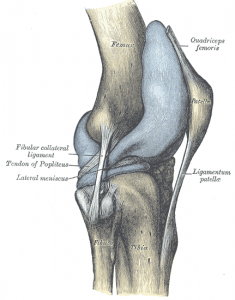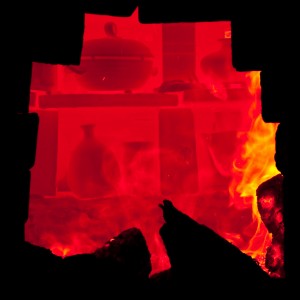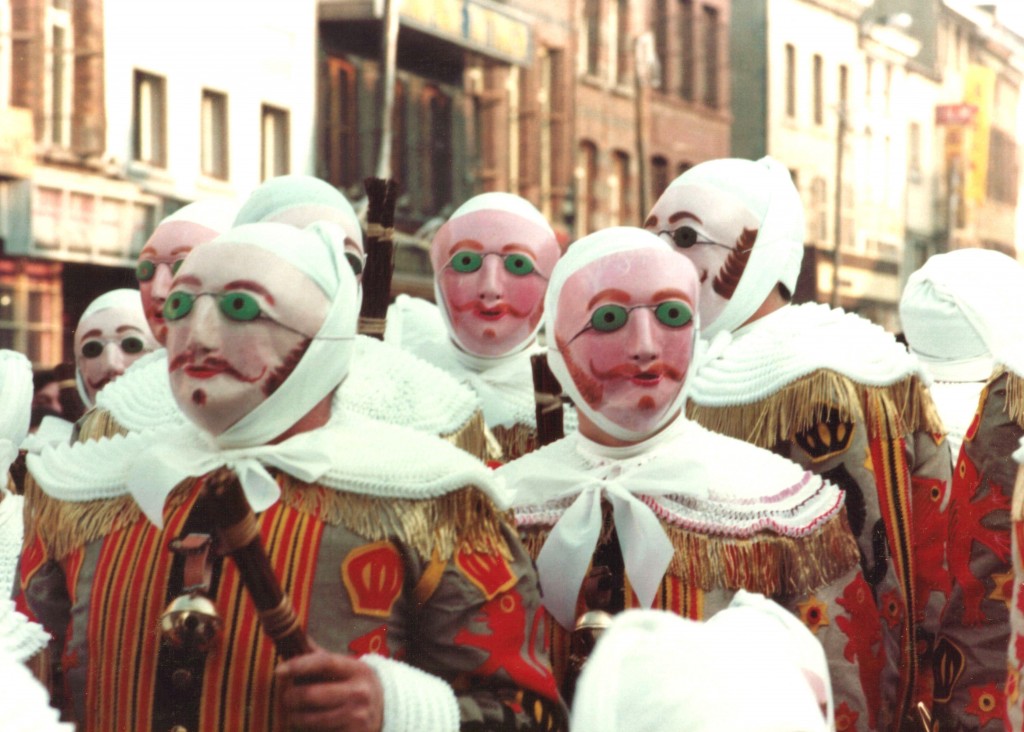By Bob Hicks
It appears that Zahi Hawass, Egypt’s legendary minister of antiquities, has become a part of the history he has spent a lifetime trying fiercely, and often controversially, to protect. Judith H. Dobrzyinski, on her blog Real Clear Arts, reports that Hawass has resigned under pressure amid rumors of looting and charges that he himself had been stealing from the Egyptian Museum in Cairo.
 Read Dobrzynski’s several posts from March 3 and her followup from March 4: It’s a messy situation. And it helps answer a question we raised almost a month ago, in this post from Feb. 8: “What will (Hawass’s) role in any new government be? Can he protect the past and be part of the future, too?”
Read Dobrzynski’s several posts from March 3 and her followup from March 4: It’s a messy situation. And it helps answer a question we raised almost a month ago, in this post from Feb. 8: “What will (Hawass’s) role in any new government be? Can he protect the past and be part of the future, too?”
Art Scatter hasn’t had a lot to say about the revolutions sweeping northern Africa because, frankly, other people know a lot more about the situation than we do. Is this Ten Days that Shook the World, to be followed by Stalin? Is it the Velvet Revolution in Czechoslovakia, which led to an internal divorce but also to lasting openness and freedom? Is it something very much its own, and will it play out differently in Egypt, say, than Libya? Revolutions have both intended and unintended consequences. They can be instruments of revenge — a person who invites grudges can easily become a target, whether it’s justified or not — and they are invitations to mischief. In a vacuum, or a chaotic shifting of power, corruption can be epidemic.
We simply don’t know what’s going to happen. We hope fervently that this will mark a new openness, fresh opportunities, more individual rights, especially for women in the region. We’re aware that it could lead instead to more extreme religious zealotry and a further clamping down on what we in the West think of as basic individual rights. We suspect that no matter what happens, dealing with the fallout is going to be bumpy for the West, which will want to influence events but will have to do so delicately, recognizing that it’s the African peoples’ land and the African peoples’ cultures, not ours.
For the broad worlds of history and culture, a vital issue remains as we framed it here a month ago: “Hawass suddenly has a massive task on his hands: how to protect and preserve his nation’s priceless cultural heritage in the face of a possible revolution.” That hasn’t changed, except the revolution is real and Hawass, barring yet another turnabout, won’t be making any of its crucial decisions. Still, this is everyone’s history. Whatever emerges, culturally as well as politically, the whole world has a stake in it. And most of us in most of the world can only watch and hope.
*
Photo: Happier times for Zahi Hawass, displaying a Ptolemaic statue discovered at Taposiris Magna, in northern Egypt, on May 8, 2010. Voice of America/Wikimedia Commons.
 Japanese American storefront, 1942.
Japanese American storefront, 1942.  On March 28, 1942, little more than a month after the roundup had been set into motion, a young Japanese American man named
On March 28, 1942, little more than a month after the roundup had been set into motion, a young Japanese American man named 
 Nay, nay, not just a bicycle. An electric three-wheeler, with neat little wire basket in the rear, a vehicle fit for the odd grocery trek and the regular coffee-shop run. Could it be? Might Mr. Scatter don a plaid neck scarf and houndstooth riding cap and sport about town at a dashing 17 mph, shouting wild-eyed imprecations at crows and chihuahuas to clear out of his path if they value wing and limb? Might this be fitting familial payback for a garden suddenly lurking with warty-nosed painted gnomes?
Nay, nay, not just a bicycle. An electric three-wheeler, with neat little wire basket in the rear, a vehicle fit for the odd grocery trek and the regular coffee-shop run. Could it be? Might Mr. Scatter don a plaid neck scarf and houndstooth riding cap and sport about town at a dashing 17 mph, shouting wild-eyed imprecations at crows and chihuahuas to clear out of his path if they value wing and limb? Might this be fitting familial payback for a garden suddenly lurking with warty-nosed painted gnomes? Ah, one can dream, as Jack does in the play
Ah, one can dream, as Jack does in the play  © Rich Iwasaki 2008
© Rich Iwasaki 2008 One performance coming up is particularly close to me, because I serve on the board of
One performance coming up is particularly close to me, because I serve on the board of  Mr. Scatter noticed this pernicious form of marketing and advertising breathlessness beginning as a trickle a couple of years ago, and it’s become an all-taps-open flood. The most ubiquitous torrent is the “major motion picture event” — which means “movie that cost a lot to make and needs to make a whole lot more to recoup its costs,” or just plain “new movie” — but it’s spread to many other areas as well. A rainstorm is a “weather event.” A sale on socks at the mall is a “merchandising event.” A rational political speech is an “imaginary event.” Just kidding on that last one.
Mr. Scatter noticed this pernicious form of marketing and advertising breathlessness beginning as a trickle a couple of years ago, and it’s become an all-taps-open flood. The most ubiquitous torrent is the “major motion picture event” — which means “movie that cost a lot to make and needs to make a whole lot more to recoup its costs,” or just plain “new movie” — but it’s spread to many other areas as well. A rainstorm is a “weather event.” A sale on socks at the mall is a “merchandising event.” A rational political speech is an “imaginary event.” Just kidding on that last one. On the other hand, the Lord of the Dance 3D ad reminded Mr. Scatter that today is St. Patrick’s Day, and then he recalled where he was and what he was doing exactly three years ago: lying on a hospital operating table, his left leg splayed open like a flounder getting filleted, while a highly gifted surgeon inserted what is essentially an entirely new and artificial knee. Loyal readers might recall this post from March 17, 2009,
On the other hand, the Lord of the Dance 3D ad reminded Mr. Scatter that today is St. Patrick’s Day, and then he recalled where he was and what he was doing exactly three years ago: lying on a hospital operating table, his left leg splayed open like a flounder getting filleted, while a highly gifted surgeon inserted what is essentially an entirely new and artificial knee. Loyal readers might recall this post from March 17, 2009, 
 Theoretically. Your canoe might get swamped, but the possibility of such a daring jaunt brings home the essential circularity of living with an
Theoretically. Your canoe might get swamped, but the possibility of such a daring jaunt brings home the essential circularity of living with an  It’s not often we call attention to a front-page newspaper story — after all, it’s right there on the front page; how could you miss it? — but today we’re doing just that. If you haven’t looked at it yet, please read
It’s not often we call attention to a front-page newspaper story — after all, it’s right there on the front page; how could you miss it? — but today we’re doing just that. If you haven’t looked at it yet, please read 
 Read Dobrzynski’s several posts from March 3 and her followup from March 4: It’s a messy situation. And it helps answer a question we raised almost a month ago, in
Read Dobrzynski’s several posts from March 3 and her followup from March 4: It’s a messy situation. And it helps answer a question we raised almost a month ago, in